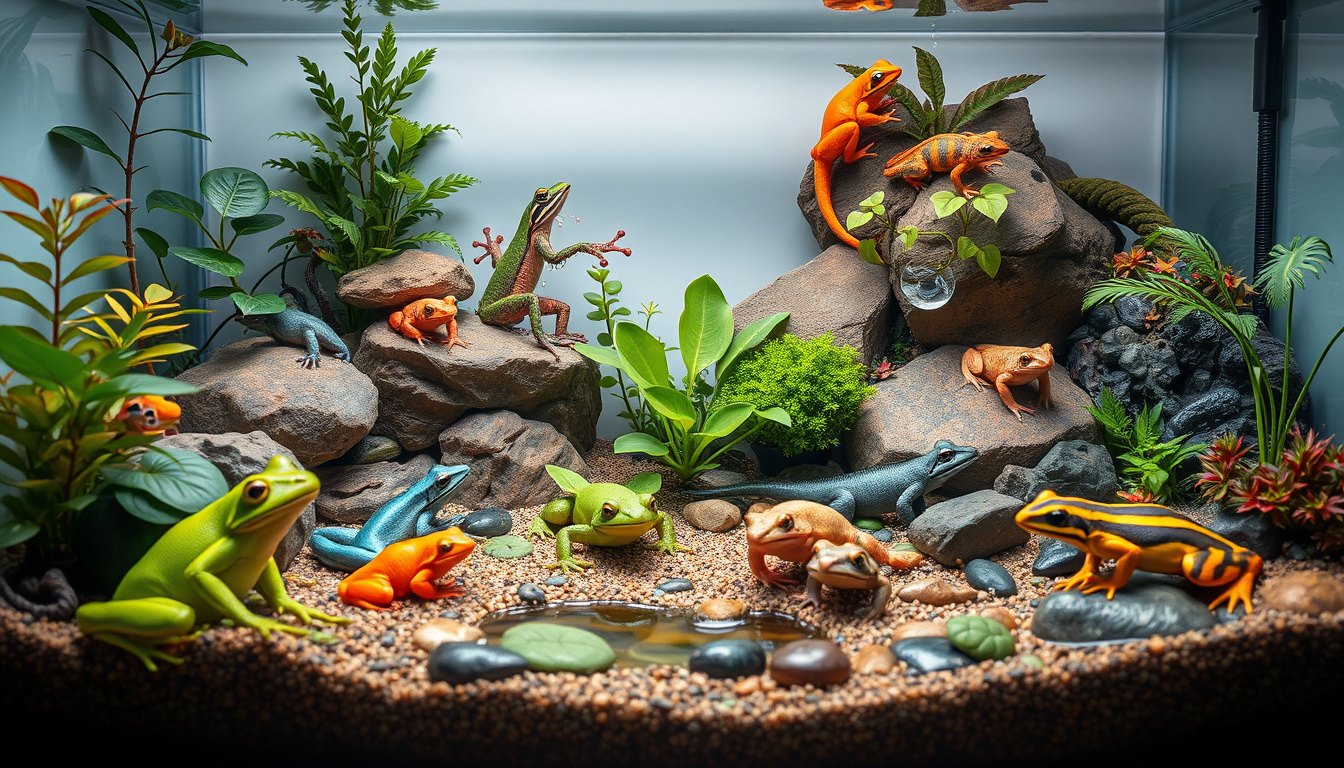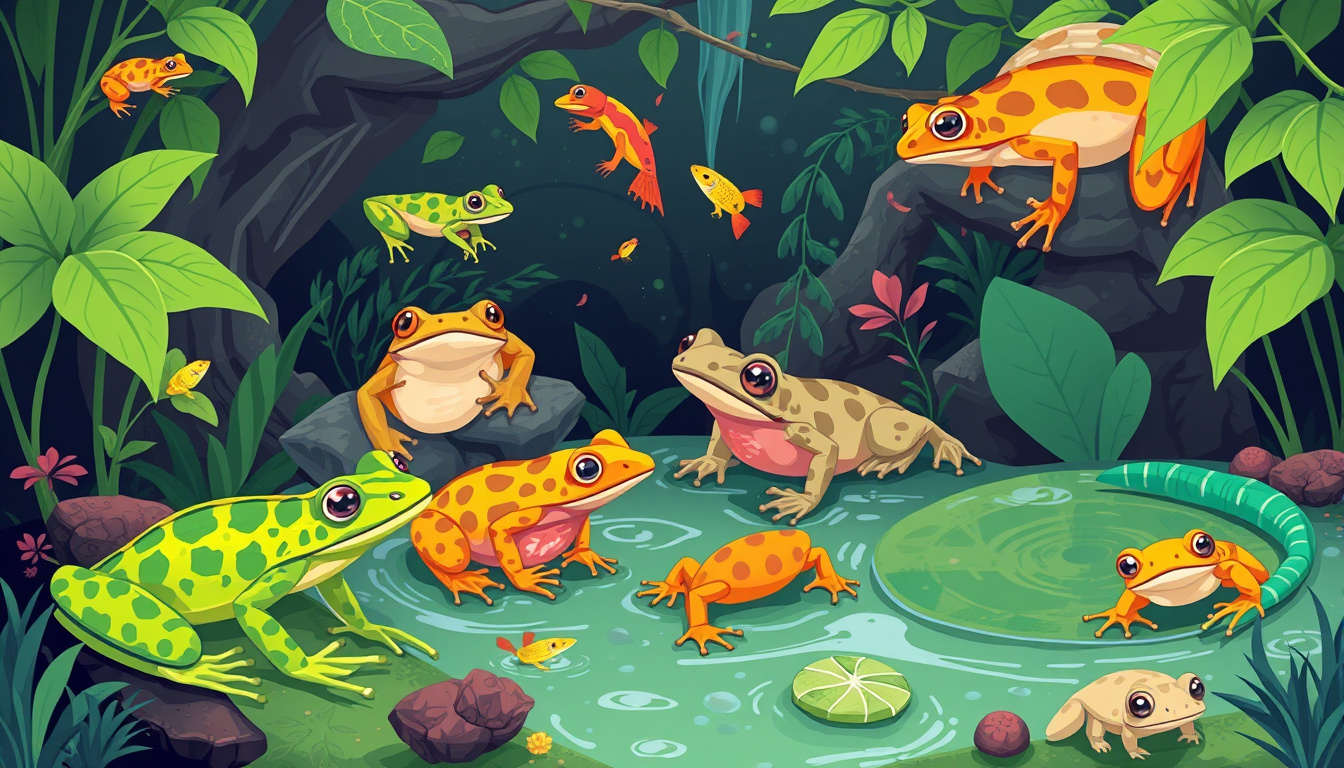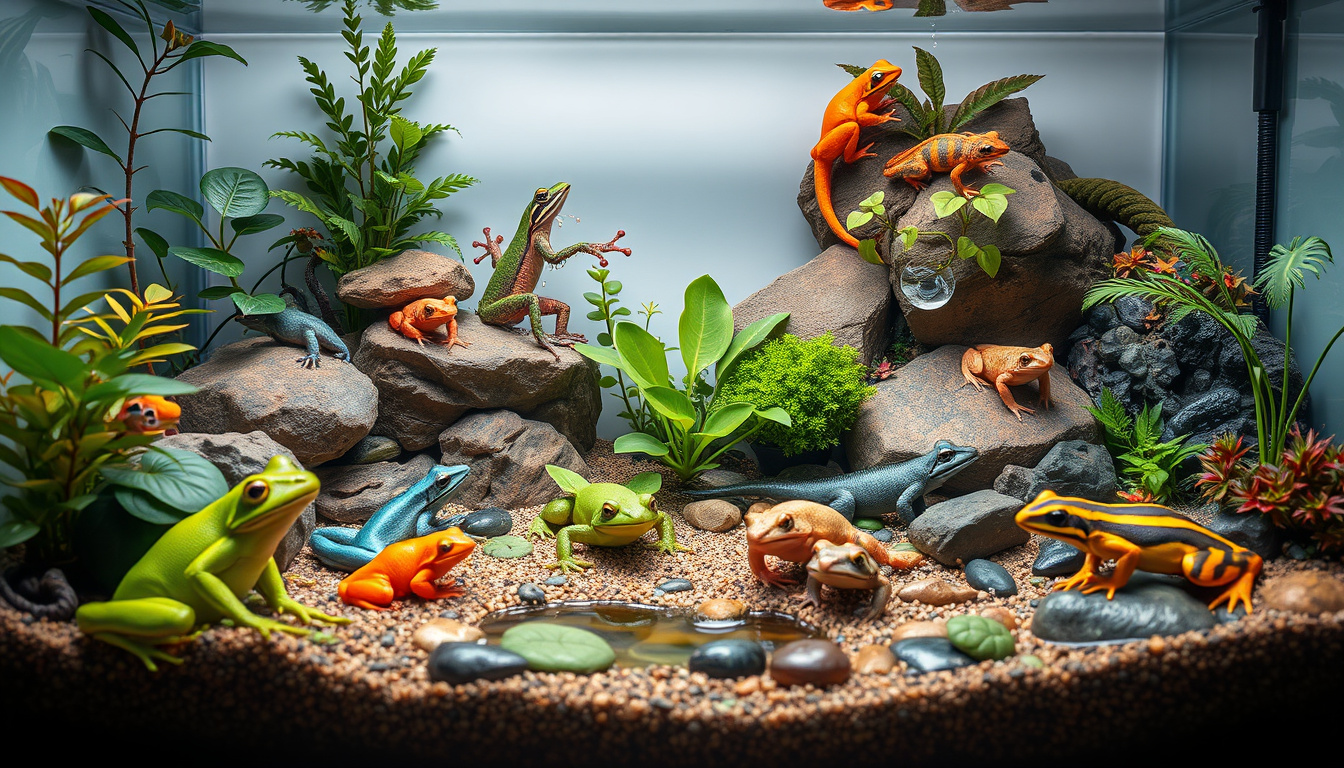Are you considering bringing a unique and captivating amphibian pet into your home?
Amphibians, with their diverse species, fascinating behaviors, and often extraordinary appearances, can make for delightful companions.
Whether you’re drawn to the colorful patterns of a dart frog or the serene presence of a newt, there’s much to learn before welcoming these incredible creatures into your life.
In this ultimate guide, we’ll unravel the essentials of selecting the right amphibian pet, understanding their needs, and ensuring they lead happy, healthy lives in your care.
Dive in and discover everything you need to know about caring for these enchanting pets!

 April 2025
April 2025

